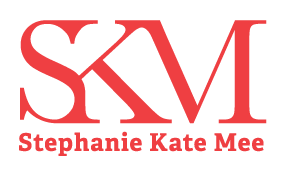I was inspired to create this book during my internship in New York City. While exploring, I found it disheartening at the large amount of accessibility challenges for those with disabilities. Ordinary situations such as climbing stairs, getting on a subway, taking a taxi, reading signs, and basic navigation can be huge obstacles for the disabled.
To combat this problem, I created a book with information on the most accessible attractions, transportation methods, hotels, and restaurants. I strategically used icons, color coding, and interactivity to aide in travel plans. This book is meant to help create an equal opportunity for all travelers that want to experience the city.
Of the city's subway stops, only 82 out of 468 subway stations are fully accessible. Also, the MTA does not list the accessible stations on any map. To fix this, my book includes a color coded list and map of all the accessible stations with notes on elevator locations, warnings, and important information regarding each specific subway stop .
To aide those with low vision, I designed my book with the intent of it being interactive.
How it works: A circuit of conductive carbon ink is printed on to paper. The circuit has large carbon areas which act as capacitive pads, or “hotspots” and are connected by fine tracks to pads under our control module. The control module “pulses” the pads under it with a voltage and measures the time it takes for the voltage pulse to come back. If a finger, body part or something else conductive is on or near the hotspots then it can cause the voltage pulse to take longer to come back to the module. The control module detects this delay and interprets it as a touch event. It then activates the sound selected for the hotspot to play.
